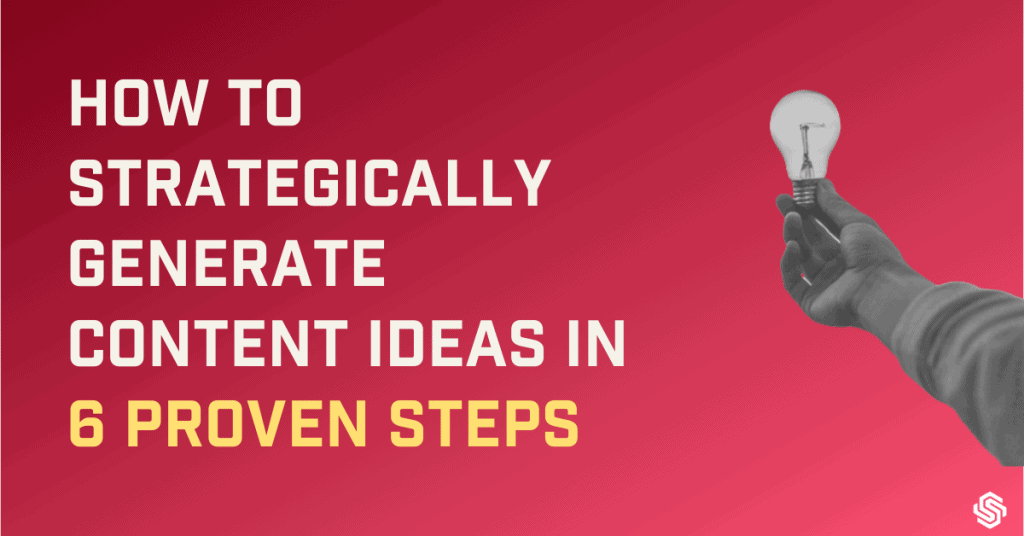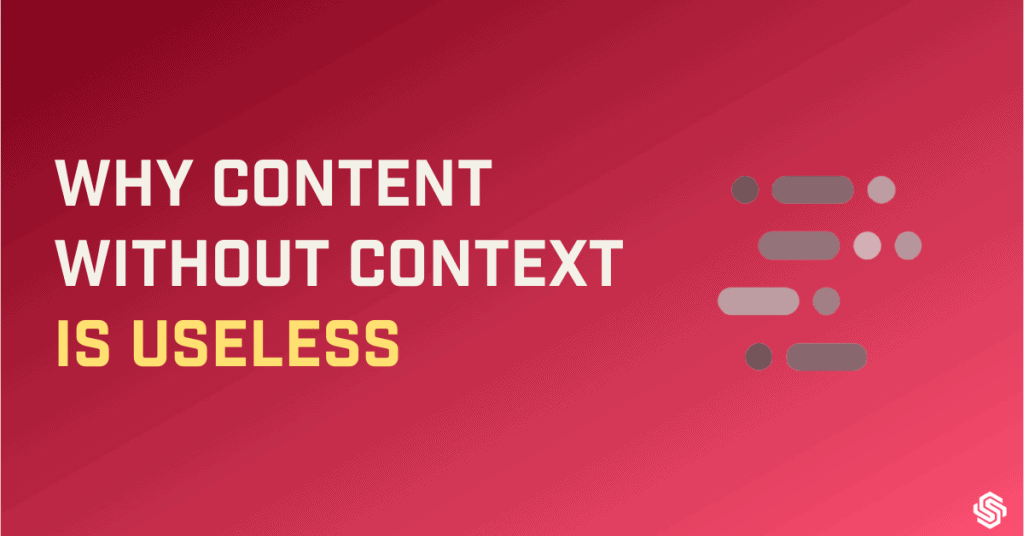What is 2+2?
I know, the answer is 4.
But what would your thoughts be if I came and asked you this question?
You would think I am crazy, dumb, maybe unhinged?
You see, the internet would not do that!
If asked what is 2 + 2, it would give you the answer without comment, criticism, or judgment. That is also why people prefer asking the internet about every popping doubt.
Technically, it is the generous content writer who is answering the questions.
Educating people is a noble thing and an inexpensive means for brand exposure and user engagement. A win-win for both parties, isn’t it?
To make it work successfully for you, you need to ensure you are doing full justice to your user by answering all his queries. Write comprehensive educational content.
Key Takeaways For You
| – Educational content is an inexpensive means for brand exposure and user engagement. – Educational content is aimed at providing answers to user queries and educating them holistically. – Simplicity in content is necessary to make it easy to understand for everyone. – Writing educational content helps to connect with the audience and increases the search visibility of the content. – Doing keyword research before writing helps to understand what people are searching for and increases the search visibility of the content. – Ahrefs keyword generator and “People also ask” are useful tools for keyword research. – Educational content should start with the basics and provide comprehensive information on the topic. – Providing too much information is not a problem as people tend not to take action, but it establishes you as a brand that provides value. |
What is Educational Content?

If you have read my guide to writing a How-to Guide, you will notice that this is not too different from it. While a how-to guide is making your audience do something, educational content is more holistic.
- It targets keywords with what or why or that imply these questions. People are specific in their searches, so it should not be too difficult. Any keyword research tools like Ahrefs keyword would give you what people are searching relating to a specific topic.
- You are providing for the users who are at the beginning of their journey of seeking knowledge. You need to start with the ABC. They may have probably heard about it but not know of it in substance.
For example, words like Blockchain, cryptocurrency, SEO.
Probably no one has made an attempt to break it down in simple terms to make them understand. Maybe they never felt comfortable asking anyone for the fear of coming off as ignorant.
- K-I-S-S – Keep it stupidly simple
Simplicity in your content is necessary. When writing, assume that the reader doesn’t know anything and explain it so that even a 5-year-old could understand. You need to speak to the lowest denominator in your audience who may not understand anything you are saying, and at the same time, do not be condescending.
Especially if you are writing something technical, do resist that urge to show off your vocab and knowledge. Understand what your audience needs to hear and how they need to be taught.
Why should you write educational content?
- You are capturing the audience at a very early stage of their journey. If you are not able to break it down to the simplest of terms then probably you don’t understand it yourself. You need to explain to people the way they can understand and relate.
- Since it is not “salesy”, the comfort level of your audience is high. If they know you are about to sell, they will shut their mind to anything you are about to say. But they would be open to educational content, and they will let their guard down and engage freely.
- It helps you to connect with your audience because you are helping them out. They will know you that you are a person or a brand that provides value.
- Don’t worry about giving too much information – people rarely take action. You might feel that if you share a lot of information, people will get away with the information and not come back to you. That is not the case. We are all inherently lazy. They will not take action, but they will know that you intend to educate and that you are genuine.
Before you Start
Before you start writing you need to prepare yourself and have a blueprint in your mind of what you are going to write. Take a step back and do your research and systematic planning.
1. Do your keyword research
If you are new to content writing, you must wonder what these keywords are and why you need to do keyword research?
Keywords are those words people usually search for on search engines when they want some information about it. You need to understand what people are most frequently looking for in your niche and what words they commonly use to search the queries. When you narrow down your choice of words to these famous words, it increases the search visibility of your content and increases traffic to your blog.
Read my blog, The Lazy Man’s Guide to (Advanced) Keyword Research, for a deeper understanding of keyword research.
Two of my favorite places for keyword research are:
- Ahrefs keyword generator
- People also ask
Ahrefs Keyword generator
It is a tool that collects all the queries people search for about a particular topic across Google search, Bing, and other search engines. It also shows you how many people put in that query. It helps you assess whether or not to write about a topic and what words you can knowingly use in your content. You will know the popularity and need for that topic.
All you have to do is, enter the topic you are searching for in the ahrefs keyword generator. You need to keep in mind that you only put the keyword and not the whole query itself. You need to start your search with a broader and more generic topic and then narrow it down to a specific search after seeing all your options.
Your search results give you all the keywords and questions around that particular topic. You should then see the ‘phrase match’ and the ‘questions’ tabs. Check out the questions tab.
Pick the question you want to address from the list and search for it on google. You will get related searches, and also a part of the results contains the “People also ask” section.
People also ask
These are all the questions people are asking relating to the one question you searched on google as you click on each question to add more questions that drop down in the list. You can address these questions in your content.
They may be those questions that readers may be having in their heads and may not be conscious about it. But when they find a blog that has already addressed these questions before they even realize that they had them in the first place, know that you have satisfied your reader and further increased your credibility as a writer.
It helps in creating in-depth content. This way, you can avoid loose ends, and your readers need not go back and forth to the search engine to answer any more questions they may be having. You are providing all information in one place. It is your job to create the most comprehensive content.
2. Competitive research
Your competitors are other writers writing on the same topic as you are. Search your issue and read all that comes in your top results.
It is also essential to read other blogs to see what others have written and, most notably what they have not written. You can fill those gaps when you write your blog and make it better than the others.
3. Empathy is crucial
As a content creator, your mantra is “UNDERSTAND YOUR AUDIENCE” whenever you write any blog.
You really need to get in their shoes and know what your audience is going through. Know their pain points. Why are they looking for the information you are providing, their thoughts and apprehensions, and what problems they may be facing?
Use social media platforms like FB groups and Quora, where people talk more openly and freely. You will also know of any misunderstandings and misconceptions readers may have about a topic. Any possible confusion!
Let me take the liberty and suggest that you create a user persona. A user persona is an ideal profile of your perfect customer. You draw out a character sketch, starting with demographics like name, age, gender, education level, interests, etc., and professional data like job profile, income, and industry. You can take another step and write psychographic data like dreams and goals, pains and fears, and challenges and obstacles.
The Framework

Here is a framework that I have charted out called the six-step content framework, which I believe is a panacea for writing content. One can use it for blog posts, slide decks, videos, or infographics. It gives the hierarchy and structure for you to follow and for your reader to understand the content.
- Headline
- Introduction
- The What
- The Why
- The How
- Conclusion
Isn’t that simple? Let me simplify it further.
The Headline:
I like to think of a headline as a window to your content. When a reader looks at the headline, he gets a peek into what your content will be all about! So make sure you give a good view, for your headline has the power to make or break your content. If the picture isn’t attractive, the viewer will not enter!
Another tool I can suggest to you is the Portent Headline Generator. Type in the keyword and look for ideas. Let me give you a heads-up; some of them will be ridiculous. But you know better, don’t you?
Look for something relevant to what you are writing and use the suggestions to create unique headlines of your own!
As long as your headline-
- makes sense,
- is grammatically correct, and
- the tone of your headline matches your content,
You are good to go!
The Introduction
Once you have lured in your reader with that beautiful view of a headline, you have 5 seconds to convince them to stay with your content. How would you do that?
You can achieve this by using the Attention-Reason-Benefit (ARB) Formula:
· You can narrate an anecdote (personal ones work too), state an astonishing statistic, or a thought-provoking analogy to retain their ATTENTION.
· Give them the REASON, why you are writing the article.
· Tell them how they are going to BENEFIT from your article.
You have the added advantage of attention when you write it conversationally. Do not address the masses. Write as if you are writing it for one person, the one reader. When you talk to your audience one-on-one, they are more receptive and attentive to what you have to say.
The What
What is it that you are writing about? I meant it when I told you to keep it simple. You need to define everything you are going to mention.
You also need to be clear about your intentions with writing a piece of content. Otherwise, your reader will keep false expectations and be majorly disappointed with your article.
Without wasting anybody’s time, express what your article is going to be about and also what it is not about, and bring your audience on the same page as you are. Clear away any misconceptions and ambiguities.
The Why
First, ask yourself why your reader wants to know it in the first place.
Why does it matter? Why should they be doing what you are teaching in your guide?
What is in it for them?
Your reader needs constant reassurances that they are headed in the right direction and what they are doing is worthwhile. Give them just that. State all the benefits of learning from your how-to guide. Highlight the take-aways.
Is it the right thing for them? If yes, why? You tell them.
The How
Those were all the appetisers to your content, and here comes the main course. This is why your reader is here in the first place. Make it easy for them, won’t you?
- Give them clear step-by-step instructions on the how-to. Make use of doable action verbs to instruct.
- Write them in structured numbered or bullet points. Write in categories and sub-categories to make it comprehensive and understandable.
- Make use of diagrams, images, infographics, or any type of visual aids which you may find relevant for your content.
- Give examples and analogies. Paint a verbal picture for your reader to watch and learn from.
- You can and should give out links to other sources which they may find useful and can refer for follow-up information.
- Include any additional tips that may be not part of the process but useful just the same.
Give all the necessary details about the words or terms you use, tell them where they can find something that they may need to perform the task, like the tools to build something, ingredients in case of recipes, what are the alternative options and methods etc.
Understand that the reader could be new to this and has several inhibitions. Comfort them and urge them on. Address those possible fears.
Conclusion
Your article is incomplete without a conclusion. It is the place where you summarize the entire post from what you promised in the introduction, key points delivered in your content, make an emotional appeal to leave a lasting impact on the readers’ minds. It is that final reassurance you are giving them if there are any more lingering doubts. It is better to have a call to action too, to engage your readers till the end.
The Last word
All I can say in the end is, educational content has eternal value. But do not get caught up in the curse of knowledge effect. You cannot assume they know certain things because it is something people are “supposed to know” it, nor can you be showing off what you know. Write with the presumption that they don’t know yet, they are beginners and you are introducing the concept to them.
Be the favourite guide or teacher for your readers. A teacher they will remember!


